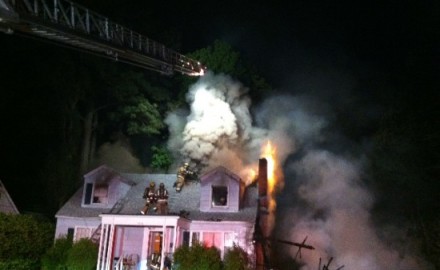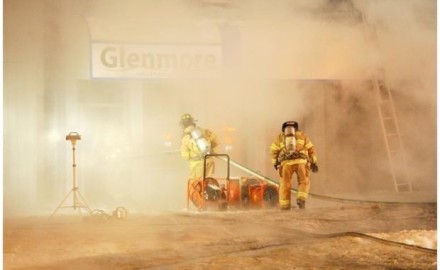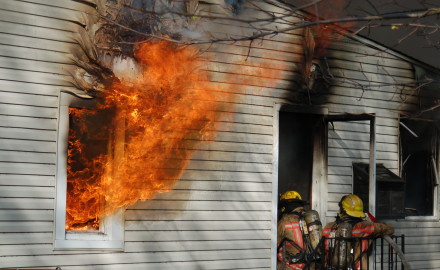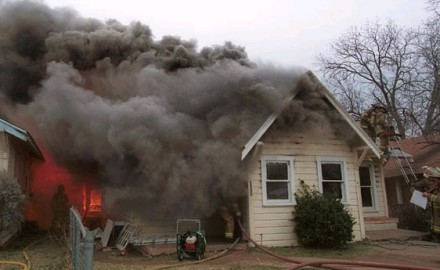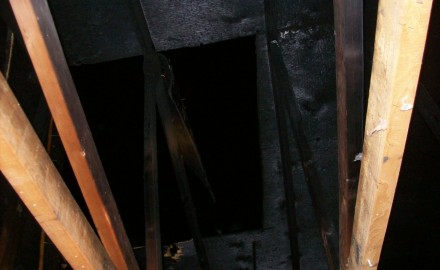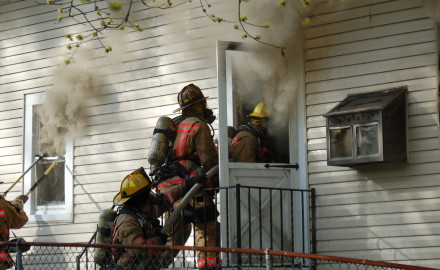Tactical Ventilation – Roof Operations
Opening the Roof We have discussed in depth the physics associated with ventilation; Flow path, heat transfer, air exchange, uniflow and bidirectional flows. All the stuff we need to know but has very little to do with actually “opening” a structure up! So, in this segment we are...
Posted On 05 Sep 2013

